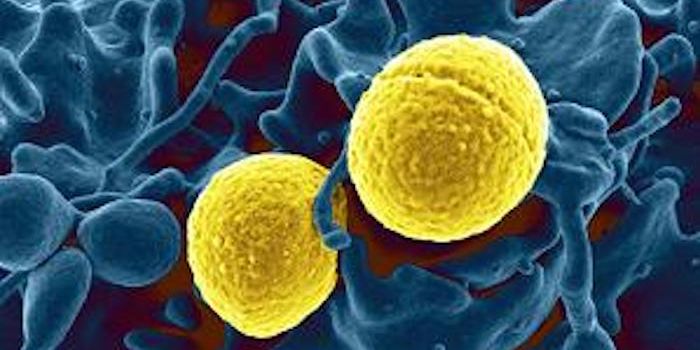Does Cognitive-Behavioral Therapy Help and What Are Some Techniques?

The review included 345 articles on CBT studies from 1987 to 2021 in the treatment of various mental health, physical, and behavioral disorders. In some randomized controlled trials, CBT was found to have short-term effectiveness for anxiety, depression, chronic fatigue syndrome, fibromyalgia, irritable bowel syndrome, drug abuse, gambling, and smoking. In others, it was found to have a beneficial long-term effect on obsessive-compulsive disorder for up to a year after therapy completion.
Various CBT techniques used in the studies that were found to be helpful include:
Acceptance and commitment therapy: accepting, instead of denying, feelings and seeing them as an appropriate reaction. ACT also involves seeing thoughts as mere words strung together that don't have to inhibit beneficial behaviors or limit life choices. The commitment part includes developing life goals and values, modifying behaviors to reach those goals, and developing more flexible ways of viewing and coming up with solutions to problems.
Dialectical behavior therapy: encourages people to change their lives by 1) accepting their current reality and emotions, 2) increasing their tolerance of negative emotions, 3) using strategies to regulate their emotions to reduce their intensity (including more exercise, more sleep, better eating habits, more time for relaxation, focusing more on relationships, journaling, paying attention to and stopping negative thought patterns as they arise), and 4) increasing their assertiveness in communication with others while remaining respectful.
Mindfulness-based cognitive therapy: learning meditation and breathing exercises to detach from negative thought patterns.
Functional analytic psychotherapy: increasing awareness of maladaptive behaviors and ways to improve them through the perspective of a therapist. Therapists identify problem behaviors and their effects on other people, identify improvements in behaviors, and identify variables that influence behaviors.
Behavioral activation: increasing productive behaviors, even when motivation is low, and then rewarding yourself for having done so, with the long-term goal of improving mood and confidence through increased participation in life activities.
Self-distancing and perspective broadening: reducing emotional reactions to thoughts by detaching from an internal experience and viewing it from a less personal perspective, such as how you think someone else might view it or how you might view it if it happened to someone else, or from a broader perspective, such as how serious it is compared to other things that have happened to you.
Exposure therapy: gradual and repeated exposure to a stressor either in reality or through visualization for reducing emotional intensity when this stressor is later encountered.
Sources: BioPsychoSocial Medicine, Psychology Today, American Psychological Association








